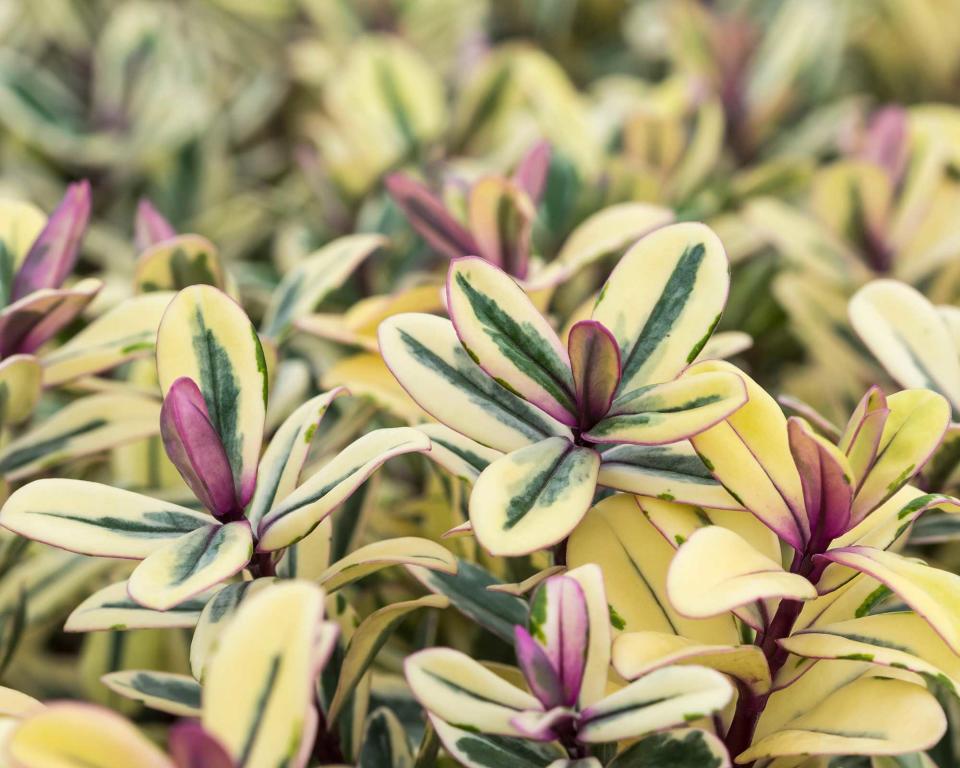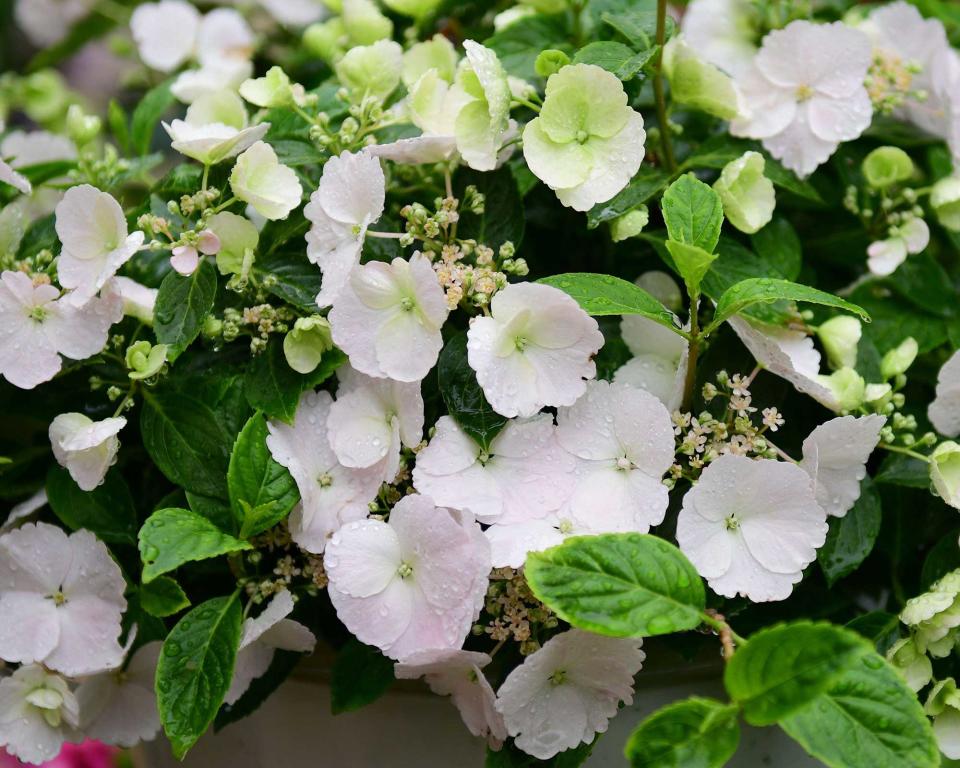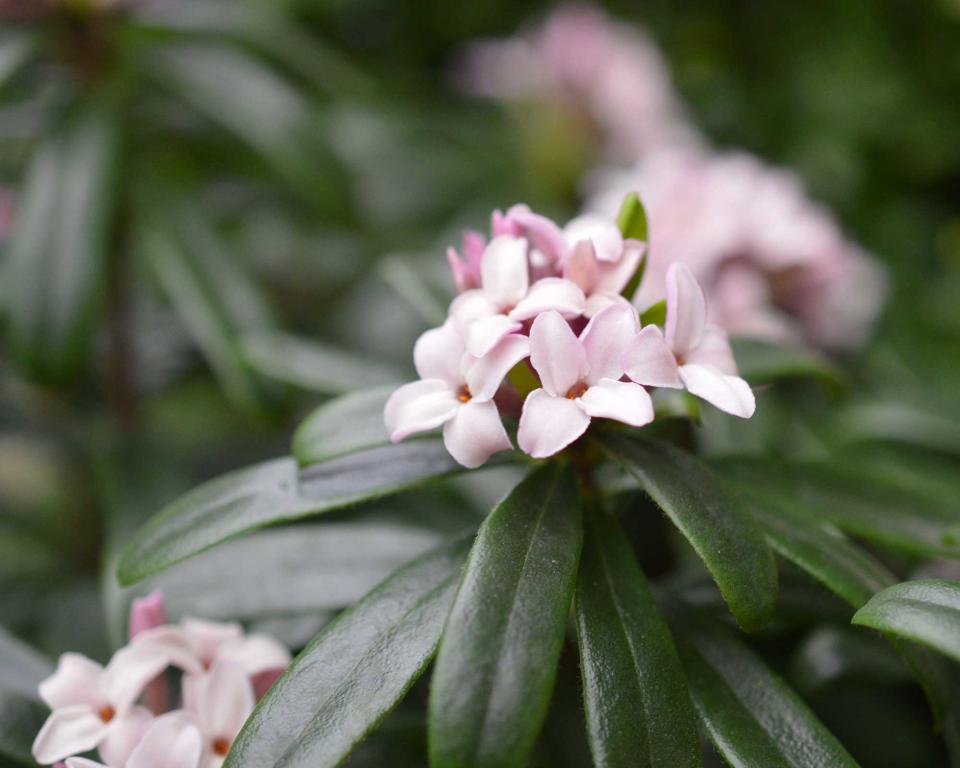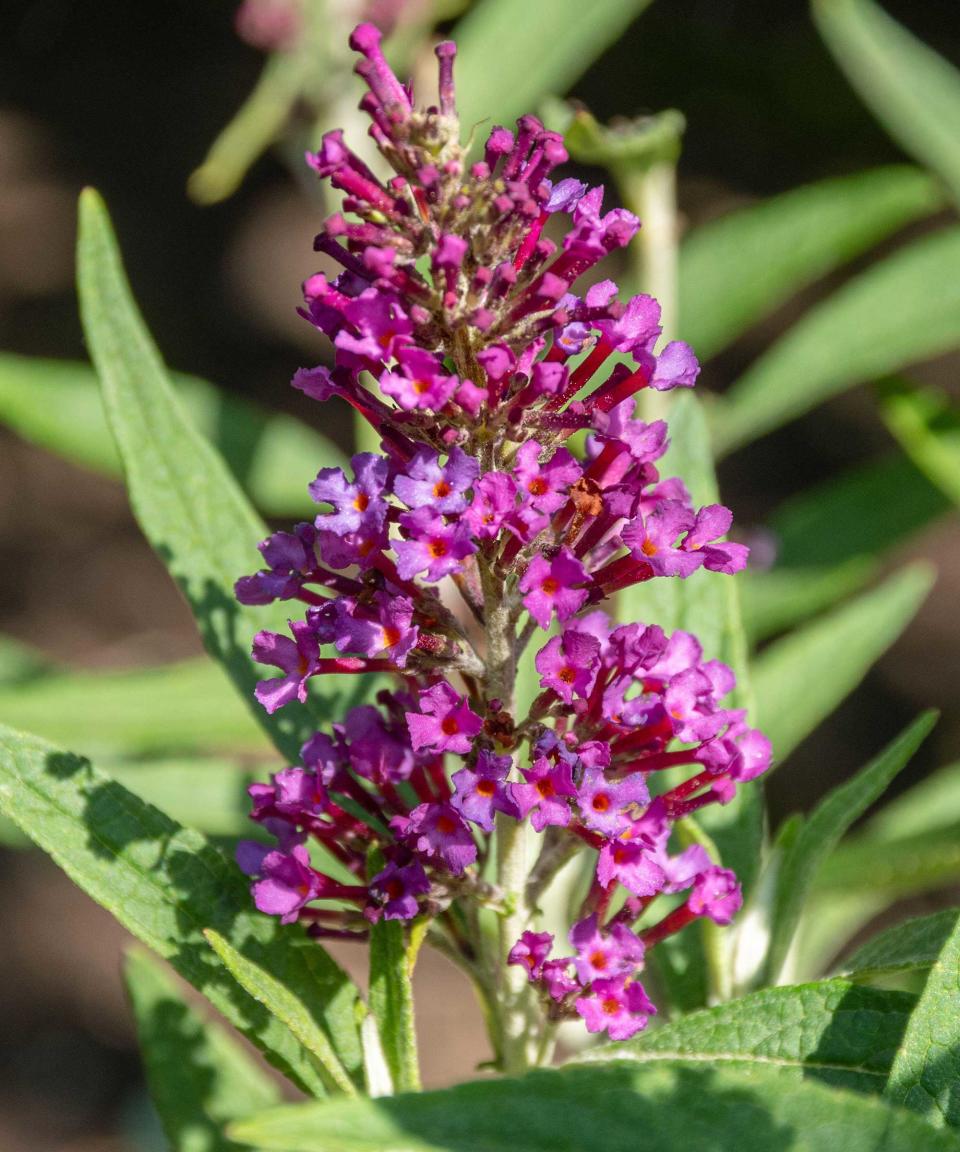Best garden shrubs: 10 stunning varieties to plant in your yard











Best garden shrubs: 10 stunning varieties to plant in your yard
While new types of perennials are still appearing in garden centers, it’s the new garden shrubs that are catching our attention.
Valuable for bringing structure and form to a space, many also offer colorful foliage, as well as flowers and even fragrance. And evergreen shrubs will provide leafy green interest all year round.
In garden centers, new varieties are sometimes flagged up with special displays, but it’s often mail-order sources that offer us new varieties for the first time. Some mail-order nurseries make a point of checking out all the latest new introductions before offering the best – sometimes in small quantities.
Of course, gardeners have to stay on their toes, as the hot new varieties sell out quickly. The splendid new double-flowered Philadelphus ‘Pearls of Perfume’, which flowers not only in spring but all through summer, sold out in just a few days, for instance.
Our list of top backyard shrubs features lots of exciting new varieties. All have beautiful blooms, too, to give your space more flower power.
Click through to read the full story...
There are lots of brilliant garden shrubs – here are some of our favorites, including new varieties
